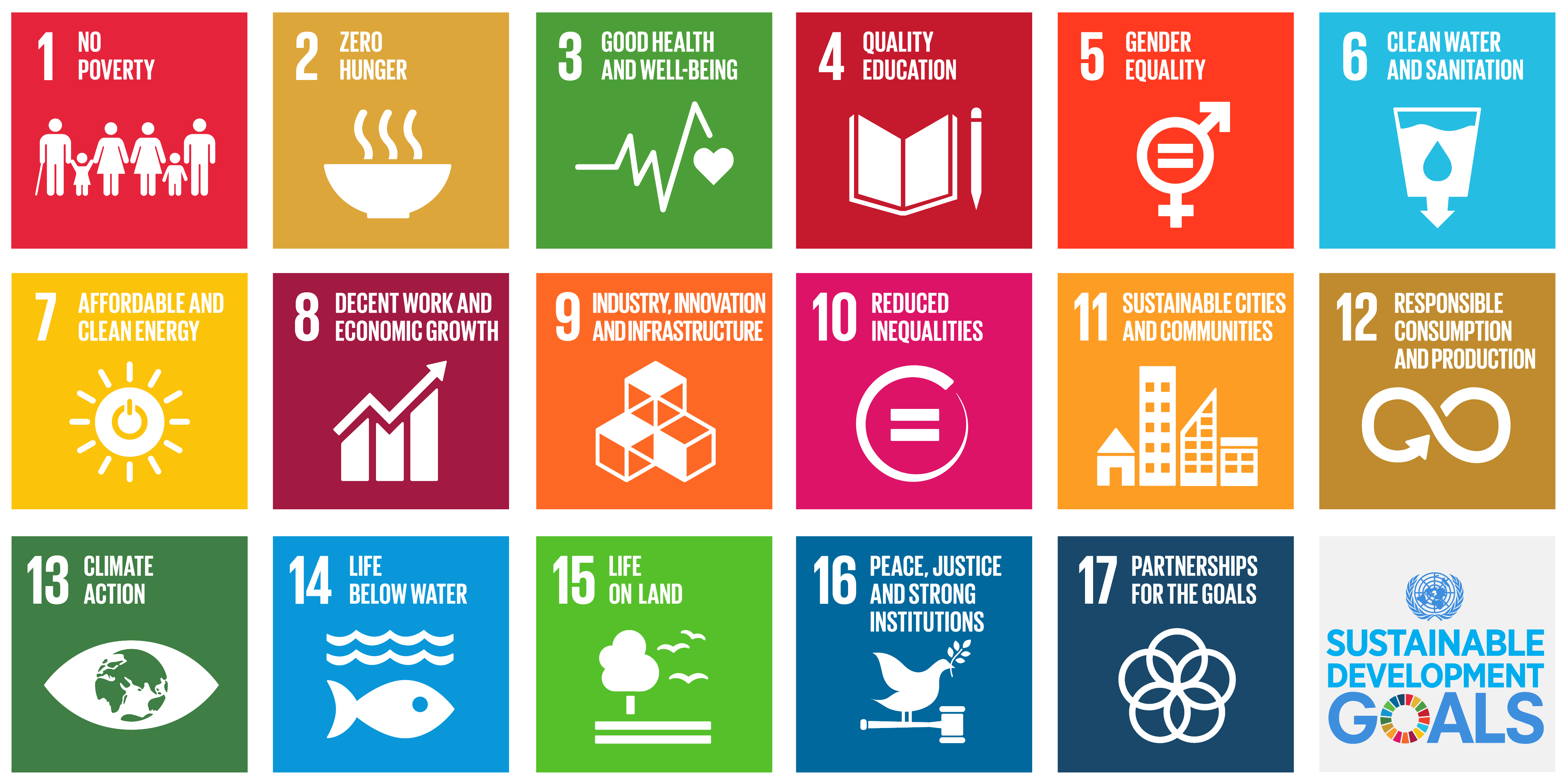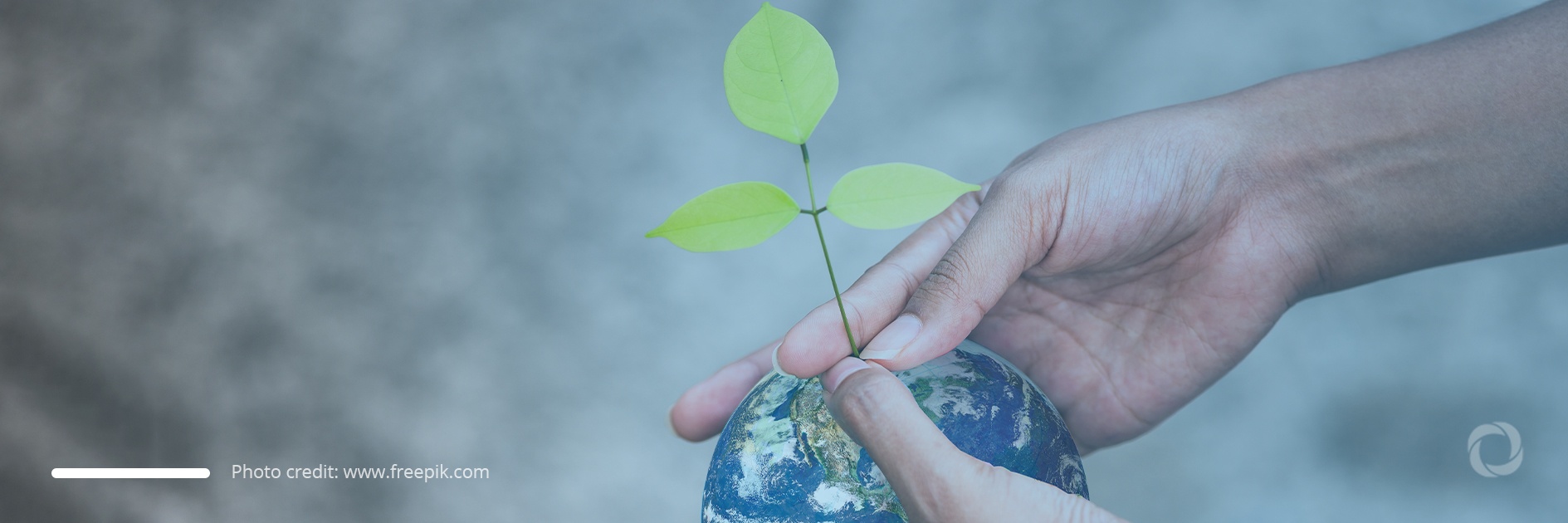Back in 2015, the United Nations (UN) introduced the Sustainable Goals (SDGs) program, also known as the Global Goals. The SDGs agenda encompasses 17 interlinked objectives to be achieved by 2030. A recent report by Brookings Institution analyzed how 20 of the largest governmental donor agencies have incorporated these goals into their strategy and operations for international development. Based on the findings, Japan, Netherlands and the United Kingdom are countries that have comprehensively incorporated the SDGs into their policy-making while the United States, Spain, and Italy have only focused on certain specific goals for sustainable development.
What are the SDGs?
The UN’s list of Sustainable Goals comprises 17 interlinked objectives designed to be a call to action to end poverty, protect the planet and achieve peace and prosperity by 2030. Each goal has between 8 and 12 targets with each target being measured across one to four indicators. The UN encourages actors at all levels of public administration to use the SDG framework to guide their local and national policymaking.
Fig.1. The 17 Sustainable Development Goals

Follow this link to find out how the COVID-19 pandemic has affected the progress in achieving Sustainable Development Goals.
What is the Donor Engagement Report?
The Center for Sustainable Development at Brookings Institution, a non-profit organization devoted to independent research and policy solutions, recently published the “Donor engagement with Agenda 2030” report in which it measures how the major bilateral donors have encompassed the SDGs at the level of strategy and policy, programs and reporting of outputs and results. The authors focused their research on 20 of the 30 members of the Development Assistance Committee (DAC) which represents a unique international forum within the Organization for Economic Co-operation and Development (OECD) comprised of the largest international providers of aid. In 2019, DAC members donated more than US$158 billion to development. The report, however, does not specifically mention why these particular 20 member countries were selected. The exact dimensions used for measurement by the report are:
Donors with high SDG alignment
![]() Japan – comprehensively incorporates the SDG agenda across policies, programs, and reporting activities related to its development cooperation efforts. Furthermore, a VNR was organized by Japan in 2017 to measure the rate of implementation of the SDGs
Japan – comprehensively incorporates the SDG agenda across policies, programs, and reporting activities related to its development cooperation efforts. Furthermore, a VNR was organized by Japan in 2017 to measure the rate of implementation of the SDGs
![]() The Netherlands – mentions the SDGs as the “guiding principles of its development cooperation efforts”. The goals are mentioned across policies, programs, and reporting activities. In 2017, the Netherlands organized a VNR designed to rate the progress of the implementation of SDGs
The Netherlands – mentions the SDGs as the “guiding principles of its development cooperation efforts”. The goals are mentioned across policies, programs, and reporting activities. In 2017, the Netherlands organized a VNR designed to rate the progress of the implementation of SDGs
![]() Norway – includes the SDGs across all policies, programs, and reporting activities related to development cooperation. In 2016, Norway presented its VNR at the high-level political forum on sustainable development in which it restated its commitment to following the 2030 Agenda
Norway – includes the SDGs across all policies, programs, and reporting activities related to development cooperation. In 2016, Norway presented its VNR at the high-level political forum on sustainable development in which it restated its commitment to following the 2030 Agenda
![]() Switzerland – incorporates the SDG agenda across all four dimensions of measurement. Within its last International Cooperation Strategy (2021-24), it highlighted its commitment to support developing countries in their implementation of the SDG agenda
Switzerland – incorporates the SDG agenda across all four dimensions of measurement. Within its last International Cooperation Strategy (2021-24), it highlighted its commitment to support developing countries in their implementation of the SDG agenda
![]() United Kingdom – uses the SDGs to frame its development cooperation strategy. Moreover, through a number of white papers and reports, the UK has reiterated its commitment to promote the SDGs agenda both domestically and internationally
United Kingdom – uses the SDGs to frame its development cooperation strategy. Moreover, through a number of white papers and reports, the UK has reiterated its commitment to promote the SDGs agenda both domestically and internationally
Donors with low-medium SDG alignment
![]() United States – has publicly expressed its support for the SDG agenda but has not yet taken steps to incorporate it across its policies, programs, and reporting activities related to development cooperation. There have also not been any VNRs performed as yet
United States – has publicly expressed its support for the SDG agenda but has not yet taken steps to incorporate it across its policies, programs, and reporting activities related to development cooperation. There have also not been any VNRs performed as yet
![]() Italy – structures its development cooperation efforts on the 17 SDGs “Partnerships for the goals”. The 2030 agenda is mentioned in Italy’s development cooperation planning document (2017-2019) and a VNR was performed in 2017. There are no specific SDGs referenced in programs or reporting procedures
Italy – structures its development cooperation efforts on the 17 SDGs “Partnerships for the goals”. The 2030 agenda is mentioned in Italy’s development cooperation planning document (2017-2019) and a VNR was performed in 2017. There are no specific SDGs referenced in programs or reporting procedures
![]() Spain – aligns its development strategy to the 2030 agenda and prioritizes areas associated with the first 16 SDGs. In 2018, Spain performed a VNR on SDG progress but no specific SDGs are referenced in programs or reporting procedures
Spain – aligns its development strategy to the 2030 agenda and prioritizes areas associated with the first 16 SDGs. In 2018, Spain performed a VNR on SDG progress but no specific SDGs are referenced in programs or reporting procedures
![]() France – has incorporated the 2030 agenda across its strategy and policy interventions for development cooperation. Furthermore, France has issued SDG-linked bonds for finance development activities. A VNR took place in 2016 that reported the progress on the implementation of the SDGs. There are no specific SDGs referenced in programs or in reporting procedures.
France – has incorporated the 2030 agenda across its strategy and policy interventions for development cooperation. Furthermore, France has issued SDG-linked bonds for finance development activities. A VNR took place in 2016 that reported the progress on the implementation of the SDGs. There are no specific SDGs referenced in programs or in reporting procedures.
DevelopmentAid is the leading provider of business intelligence and recruitment tools designed to assist those active in the development sector. Join today and gain access to exclusive information on the upcoming funding opportunities (tenders and grants) from the largest bilateral and multilateral donors.

